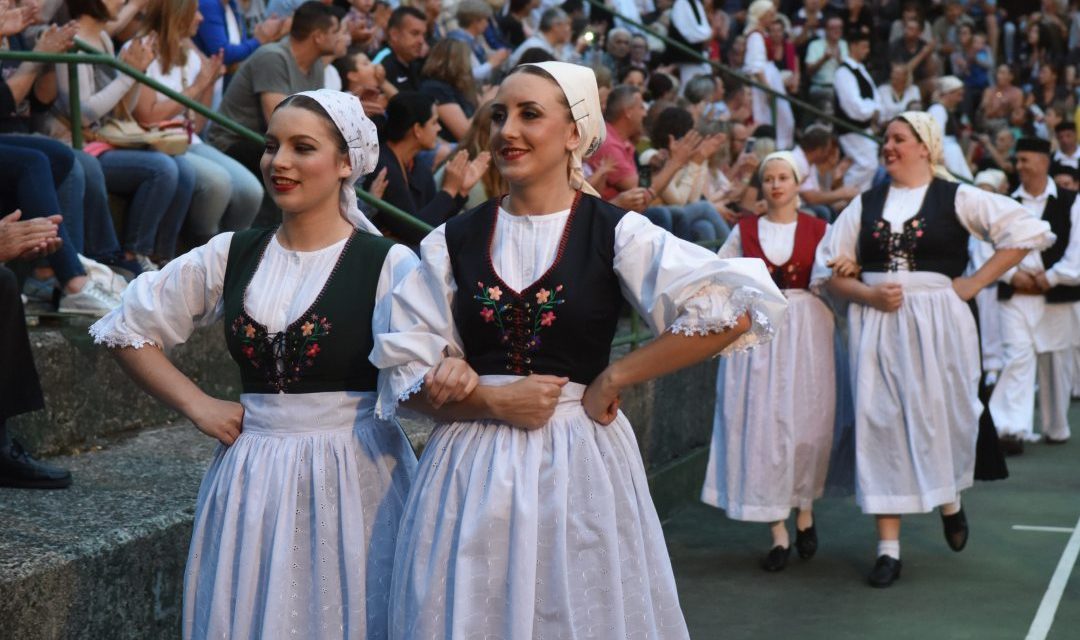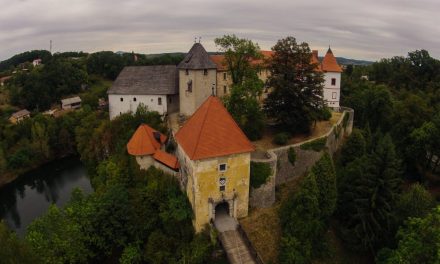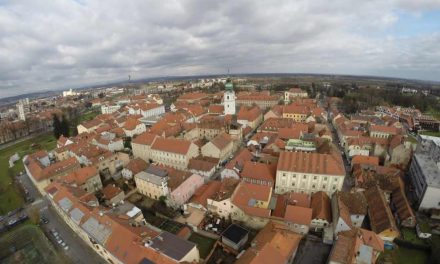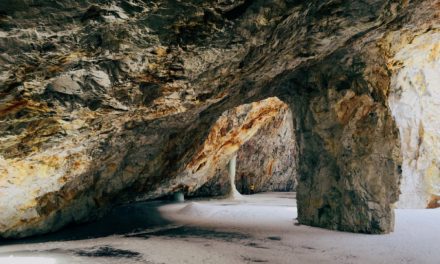The unique Jalba embroidery
The Jalba (English cap, German die Haube) is made by interlacing thread using one’s fingers, on a sprung rod whose parts are fixed on a board. It was first made 4,000 years ago in Egypt and South America and then flourishing in Europe in the Middle Ages. In Croatia, it is a way of making lace and was preserved in the village Trg near Ozalj. The Ministry of Culture listed it on the list of protected cultural heritage intangibles.
The St. John’s bonfires
On the night before Midsummer, 23rd June, on the longest day and when the sun is at its highest, many people prepare to ignite two large bonfires beside the Kupa Bridge. Karlovac is the only city in Croatia, which has nurtured the ritual of burning the fire, which announces the summer. The oldest such event was record in 1779. The bonfires were first lit in the district of Gaza, and since the 19th century on the opposite shore at Banija.
Kupa transport using arks
A large part of trade occurred via the Kupa River from Karlovac to Sisak and after that along the Sava River using arks. They sailed up to 20th century and were made from roughly hewn oak planks. The larger arks had a helm and cabin crew. They were made by ark makers in villages along the Kupa and in the shipyard in Dubovac. Upstream, they were pulled by animals through fast current, but also by labourers – burlaks.
A harmony of the ‘Small Plitvice’
Rastoke is a picturesque village of houses, mills (water mills) and wooden bridges at the confluence of the Slunjčica River running into the Korana River. Slunjčica is formed by the limestone rocks in the waterfalls, rapids, streams … it runs the mill, a wheel with a shaft through which torque is transferred to the grindstone. Mills are made from travertine and wood, and the people called them spoons (the wooden paddle-like spoon). They are mentioned back in the 17th century. Not long ago, there were 50 water mills, while today, only a few remain. The milling “demonstrators” account for four or five generations of their ancestors who had done the same. Due to the natural beauty and historical heritage, Rastoke have been since 1962 under the protection of the State Administration for the Protection of Cultural and Historical Heritage.
10.05 A forerunner of the laundry washing machine
Mills in Slunj’s Rastoke once had baskets – a simple laundry washing and wool machine. The last one is still working on the Holjevac family farm. The basket is a deep barrel with holes in it through which water flows from the Slunjčica rapids. Due to the strong flow of water, swirls are created in the basket facilitating washing. The principle is similar to Rastoke baskets, which originate from the 17th century, and is used in modern laundry washing machines.
Rain mantles made of grass
Shepherds from the area of Draganić, until World War I used cloaks made of grass when it rained. The mantles, which they made protected them from rain, and they called him lasenj, according to grass sedge, growing up to 70 centimetres long. Trembling reeds, known as forest hair grow in the wetlands forests of oak, such as the many found in the area of Draganić.
Flamboyant decorations for Palm Sunday
The art of making wreathes in Draganic is tied to the Christian customs of the last Sunday in Lent called Palm Sunday. For the procession where branches are carried, burgeoning domestic cane plants commonly named puran or puranac are used (the name for the flower or hazelnut or spread turkey tail, to which it is compared due to rich decoration). The original Draganić method of puranac (wreath) making is declared Croatian intangible cultural asset, and is today preserved by the local Saint George Cultural and Art Society.
Counting using the ternary numeral system
Since ancient time in Europe counting uses the base 10 decimal numerical system, which means that there are that many total digits (0-9), representing all the numbers of the system. But counting of strands on the looms in Draganić was based on the ternary system, using a numerical base 3. Three strands were called čisenica, and the name for the 60 was pasmo.
An evening of ‘Rural Guci
The musical expression called guci, found in central Croatia, in the vicinity of Karlovac, Duga Resa and Ozalj, is preserved through independent string ensembles. Originally, according to records from the 19th century, it had one or two violins and a three string bass. They played Croatian folk music at weddings, fetes, fairs … In the 1990s, interest for guci is growing, and the Karlovac Community Organisation of Amateur Cultural Activities (ZOAKD) since 2004 has been organising “An Evening of Rural Guci.” The Ministry of Culture has declared the guci of Karlovac County an intangible cultural asset.
When rozgalice sing
Rozganje is a type of singing voice characterized by shaking, and today is uniqueness in the wider Karlovac region. it is most commonly performed in the form of talks between the two singers – rozgalica (rare songs), in ten verses. In the past, rozgalice were sung during holidays or when working in the fields. In 19998, the Karlovac ZOAKD introduced rozgalice at the program folklore festival in Karlovac and it was accompanied by guci.
Daily homemade recipes
The Karlovac inhabitant, Pauline, physician and pharmacist Imbrih Luić in 1746 wrote his work “Vračtva vsagdašnja domača” (Daily Homemade Recipes), containing Croatian folk recipes, plants and materials for the preparation of medicines and treatment of diseases, which he used in therapies. The manuscript is 30 years older than the first medical book printed in the Croatian language (“Vračtva ladanjska” by Ivan Krstitelj Lalang).
The five Karlovac rivers
The festival Karlovac Beer Days is the biggest beer event in Croatia. In late summer, over a period of 10 days it is visited by over 150,000 beer enthusiasts. On the initiative of Karlovac Brewery, it has been held since 1984 at the central square, and since 2000 in the area of the Korana Sports Fishing Centre. The solemn procession announces the event throughout the city streets, led by a carriage carrying beer barrels.






